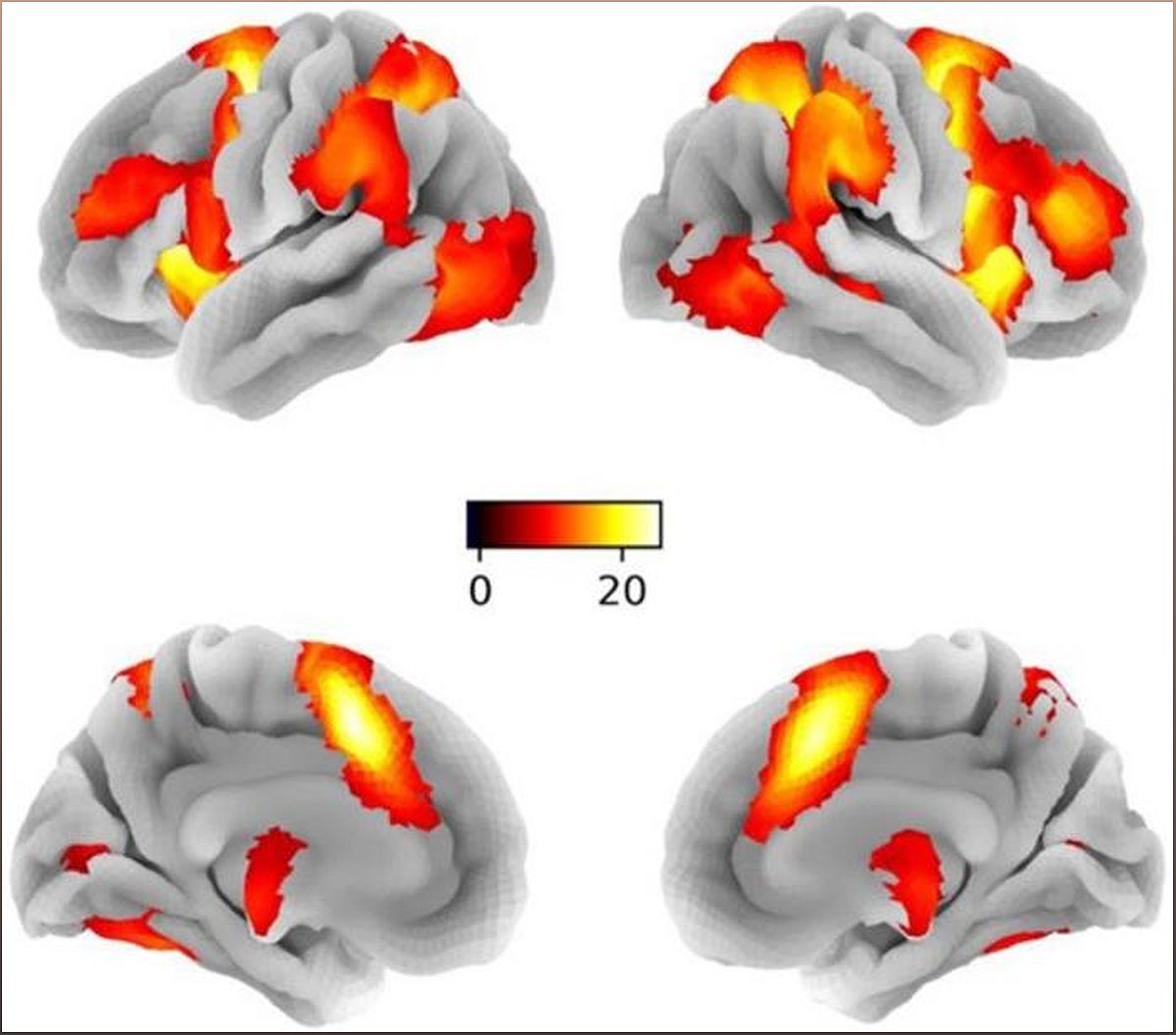In a groundbreaking study, researchers have identified the right inferior frontal gyrus (rIFG) as a crucial regulator within the brain's response inhibition circuit. This right-lateralized control circuit plays a vital role in orchestrating top-down cortical-subcortical control, shedding light on the intricate dynamics of brain function. By employing dynamic causal modeling and functional magnetic resonance imaging, the researchers unraveled the high intrinsic connectivity within this neural circuit. They found that response inhibition enhances causal projections from the rIFG to other nodes in the circuit, such as the caudate nucleus and thalamus. Interestingly, the study also revealed sex and performance metrics significantly affecting the circuit's functional architecture. Women exhibited increased self-inhibition in the thalamus and reduced modulation to the globus pallidum. Moreover, better inhibitory performance was associated with more robust communication from the thalamus to the rIFG. These findings have far-reaching implications for understanding mental and neurological disorders characterized by response inhibition deficits. They pave the way for the development of targeted neuromodulation strategies and personalized interventions to address these deficits, ultimately improving the treatment and management of such conditions. Published in Psychoradiology, this study marks a significant milestone in unraveling the complexities of the brain's inhibitory control mechanisms.
Unveiling the Role of the Right Inferior Frontal Gyrus
The right inferior frontal gyrus (rIFG) has emerged as a key regulator within the brain's response inhibition circuit. This right-lateralized control circuit plays a crucial role in orchestrating top-down cortical-subcortical control, highlighting the intricate dynamics of brain function in response inhibition.
Using dynamic causal modeling and functional magnetic resonance imaging (fMRI), researchers have unraveled the high intrinsic connectivity within this neural circuit. The rIFG serves as a hub, enhancing causal projections to other nodes in the circuit, such as the caudate nucleus and thalamus. This discovery sheds light on the underlying mechanisms of response inhibition and its impact on cognitive processes.
Sex and Performance Metrics in the Circuit
Interestingly, the study found that sex and performance metrics significantly affect the functional architecture of the response inhibition circuit. Women exhibited distinct patterns, with increased self-inhibition in the thalamus and reduced modulation to the globus pallidum (GP).
Furthermore, better inhibitory performance was associated with more robust communication from the thalamus to the rIFG. These findings highlight the importance of considering individual differences and performance metrics when studying response inhibition and its neural correlates.
Implications for Mental and Neurological Disorders
The insights gained from this study into the brain's inhibitory control mechanisms have significant implications for understanding mental and neurological disorders characterized by response inhibition deficits. Conditions such as attention deficit hyperactivity disorder (ADHD), obsessive-compulsive disorder (OCD), and substance use disorders often involve impairments in response inhibition.
By identifying the key regulator in the response inhibition circuit, this research opens up new possibilities for targeted neuromodulation strategies and personalized interventions. Understanding the underlying neural mechanisms can guide the development of more effective treatments and management approaches for these disorders.
Published Study and Funding
The article, titled 'The right inferior frontal gyrus as pivotal node and effective regulator of the basal ganglia-thalamocortical response inhibition circuit,' was published in the 2023 Volume 3 issue of Psychoradiology. This open-access journal is co-published by Oxford University Press and West China Hospital.
The study was funded by The National Key Research and Development Program of China, The National Natural Science Foundation of China, and The Key Technological Projects of Guangdong Province, highlighting the importance and support for research in understanding brain function and its implications for mental health.

